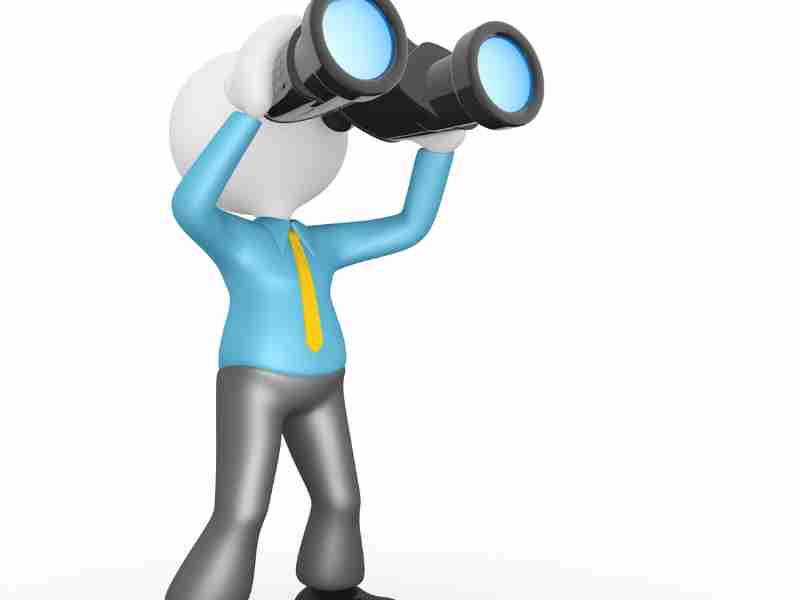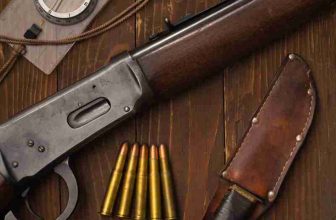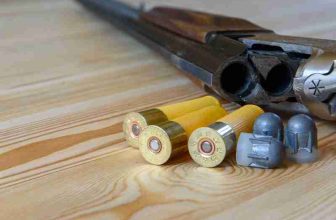
Binoculars are two telescopes mounted side-by-side and aligned to point in the same direction, allowing you to view objects at a distance with both eyes. They typically have an adjustable magnification level, which allows you to zoom in on distant objects. Binoculars can be used for various activities, including bird watching, stargazing, hunting, and more.
The most important factor when choosing binoculars is the size of the objective lenses. The larger the objective lens, the more light it will gather and the brighter your image will be. Other factors to consider include magnification power, eye relief (the distance between your eyes and the eyepiece), the field of view (how much of a scene you can see at once), and weight.
When using binoculars, it’s important to hold them steady with both hands and keep your elbows close to your body for stability. It’s also helpful to use a tripod or monopod if available. With practice and patience, you’ll soon be able to spot even the smallest details in faraway objects!
Binoculars are often overlooked as a tool in the great outdoors. After all, why use binoculars when you can look around with your eyes? But these two telescopes combined into one powerful piece of equipment open up a world of possibilities for everyone from casual birdwatchers to professional hunters and stargazers.
Binoculars bring distant objects closer to you and let you take in more details than what is visible to the naked eye. A good pair of binoculars harnesses remarkable power by combining a larger objective lens size – meaning light-gathering capacity – with impressive magnification strength. This allows the viewer to see crisp, detailed images even when far away.
When choosing binoculars, it’s important to consider several key factors, such as objective lens size, magnification power, eye relief, the field of view, and weight. Objective lens size is the most important factor and will largely determine image brightness and clarity.
Magnification power determines how much closer an object appears; it’s usually referred to as ‘x’ (e.g., 8x) and should be balanced with the field of view for optimum results. Eye relief is equally important for comfort and ease of use; an adequate amount ensures that users won’t have to strain their eyes or be too close to the lenses while looking through them. Lastly, weight is necessary for comfortable handling and portability when traveling with binoculars over long distances or periods.
The following guidelines can help you get the most out of your binoculars once you have chosen them: hold them steady with both hands while keeping your elbows close to minimize shake; make sure your eyes are comfortably placed behind the eyecups; if available, use a tripod or monopod for added stability; adjust diopter control until the image comes into focus; finally, look around slowly while taking in every detail possible!
Take Away:
No matter what activities people enjoy outdoors – birdwatching, hunting, boating, or simply enjoying nature – having a quality set of binoculars can greatly enhance their experience. With so many options available on today’s market – from lightweight models designed for travel convenience to large-scale high-powered versions perfect for long-distance viewing – anyone can discover something amazing using these powerful tools!






